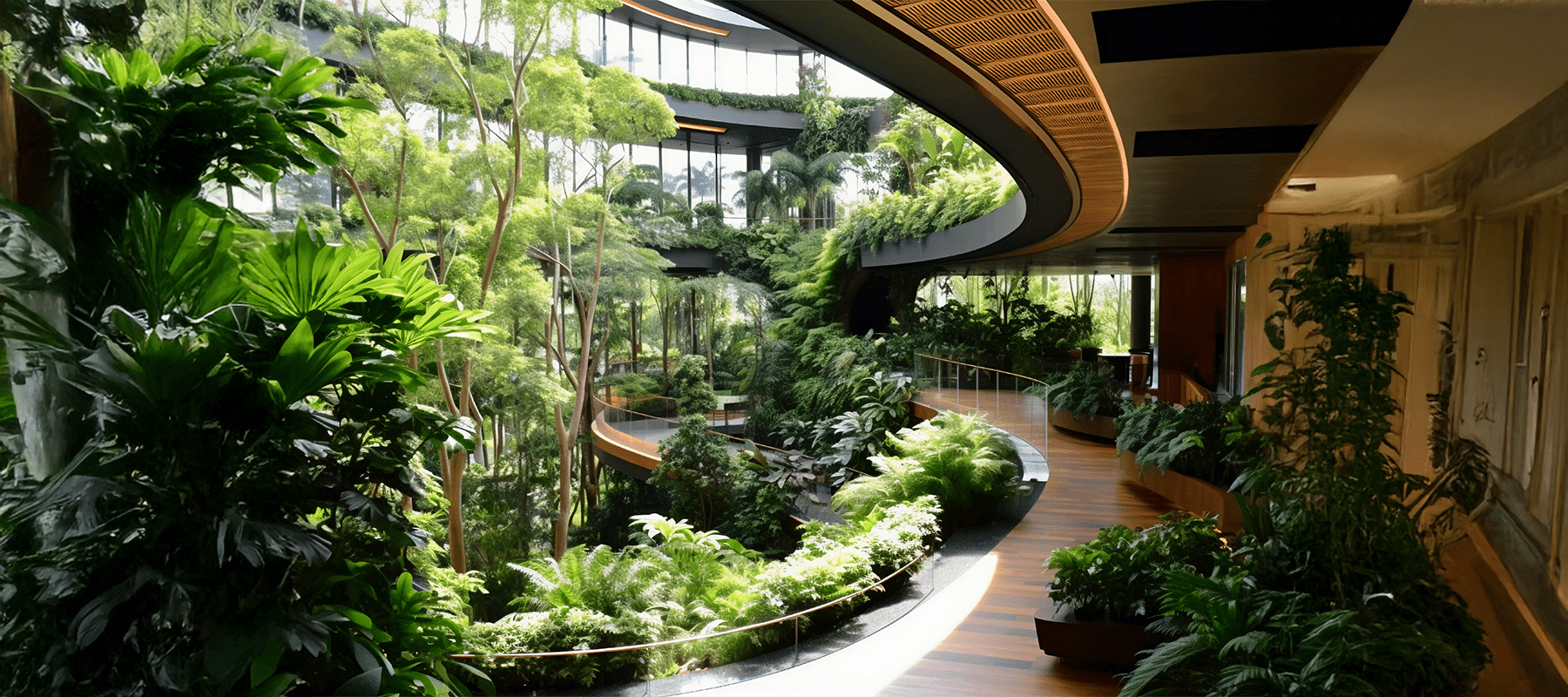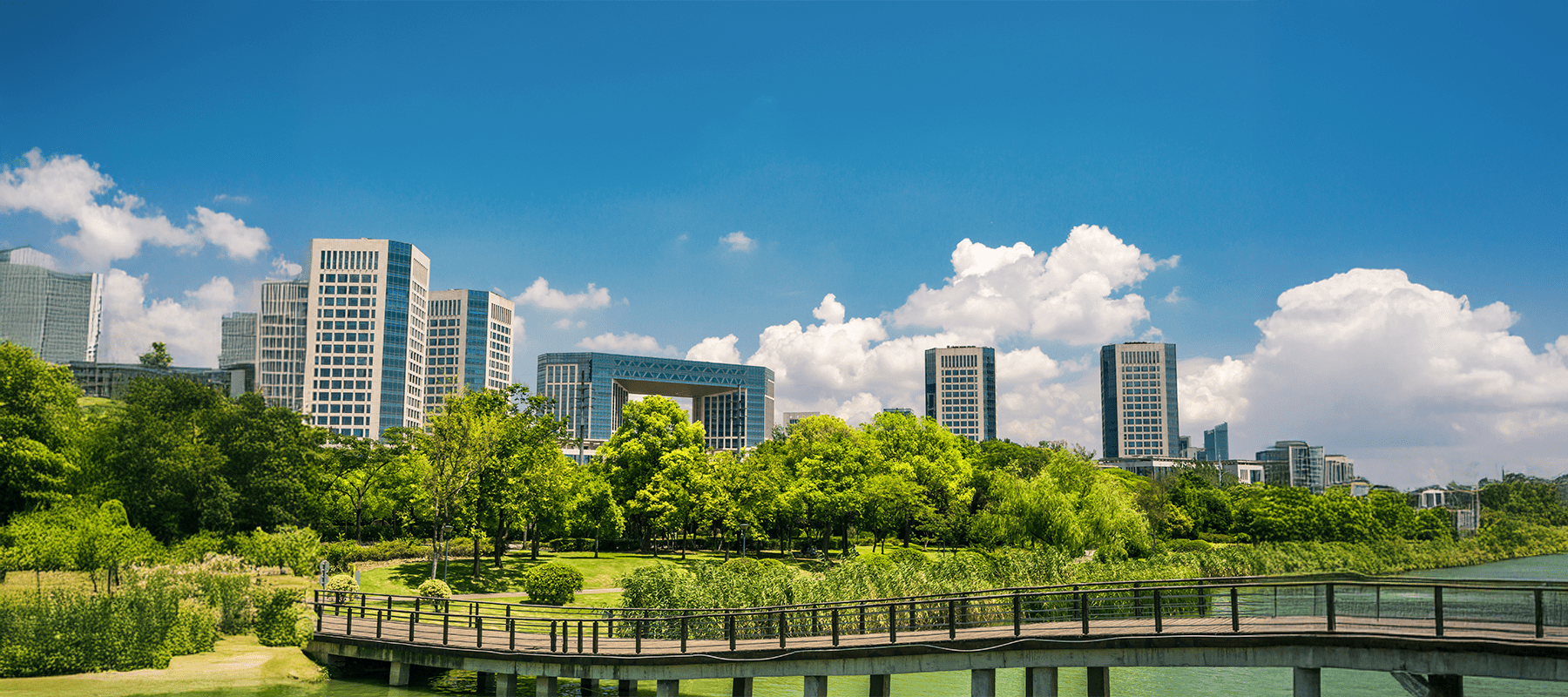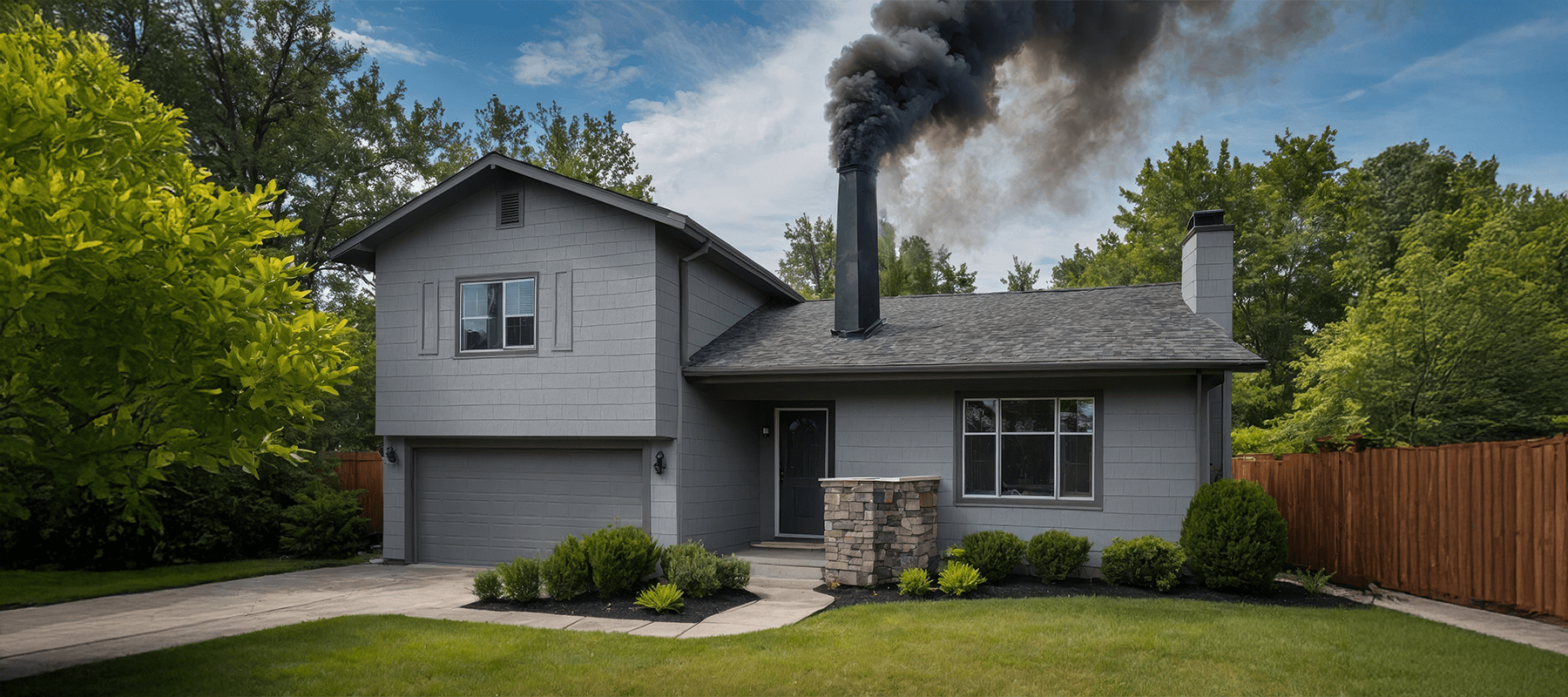Did we ever wonder about biophilic security, that is, where stone meets steel and calm meets safety! The first time after walking into a new co-working space in Portland, Oregon, the ambience stunned me. But wait, it’s not the steel detectors or high-tech gates. Rather, the quiet presence of bamboo-lined natural security doors, clay partitions, and stone-clad walls! I paused and thought for a second, “Is this just another ‘green’ building?”. But my conscience answered, “No. The building is an example of biophilic securityplaining in simple terms, biophilic security combines the natural elements and design elements that work in tandem to enhance safety as well as psychological well-being. It is the emerging field integrating security materials like wood composites, rammed earth, natural stone, and bamboo with smart systems for creating spaces, feeling secure, with no feeling of sterility or oppression. Due to post-pandemic stress and urban anxiety, the US people have been forced to change the way they interact with spaces. Well, this approach has quickly gained traction.
How does biophilic security integrate natural materials for safety and wellness?
Biophlic security, across the United States, is becoming a preferred choice for all architects and designers aiming to immortalize harmony between protection and peace. Other than purely depending on steel and concrete, modern buildings are now featuring naturaly doors, green walls, and clay-based facades.
For instance, after I paid a visit to a residential complex in Austin, I found the entry gates reinforced with layered bamboo and steel mesh. This combination offers resilience comparable to industrial materials. Yet the user experience gets transformed by the touch, smell, and warmth of natural wood. Because these security materials are integrated, the setup protects and even supports well-being security. Furthermore, it reduces stress and fosters a fantastic sense of calm.
The US Green Building Council has published research that shows accessing the natural textures and elements is connected to lowering cortisol levels by 10 – 15%. It has been shown to directly improve mental health and cognitive performance. That is why this new design philosophy works to safeguard the physical spaces and even to protect emotional space.
Trends and applications for biophilic security in the USA
As is revealed by AI-driven analytics, biometric security and natural security doors have shown a 35% rise in search volume in the last two years. The shift is clearly visible in wellness-focused architecture wherever applied, in offices, healthcare centers, education units, factories, homes, and more.
Now the architectural firms, namely Perkins&Will and HOL, are integrating security materials, blending durability with environmental consciousness. Like, we might think of hempcrete walls with embedded sensors, or timber cladding infused with fire-retardant resin. In fact, the AI-based simulations even test how the natural materials are performing under stress or intrusion attempts. In practical applications, this setup is excellent to enhance safety and well-being security.
So, what is the most exciting trend? It’s a multi-sensory design. Architects are emphasizing the sound-absorbing wood, light-diffusing panels, and naturally cooled stone for secure and peaceful interiors – a far cry from cold, metallic security systems coming from the past.

Benefits and challenges of using natural materials for security and mental health
Speaking from a personal standpoint, when we are working in spaces where biophilic security elements have been used, it emits a profoundly different feeling. The room is filled with an immediate grounding effect thanks to the warmth of wood, the scent of plant-based resin, and the earthy aesthetics. The feeling is something that the traditional security materials are just unable to replicate.
Nevertheless, this innovation is not free from challenges. The natural materials demand specialized treatments to ensure durability, fire resistance, and maintenance. For instance, natural security doors should be compulsorily engineered for resisting warping under humidity, and wood composites are often in need of UV-protective coatings.
Still, the benefits are proven to outweigh the hurdles. The American Institute of Architects has revealed certain findings in its studies that reveal the employees in buildings designed with well-being security in mind have reported 25% higher satisfaction and productivity. To state in brief, the concern is more than security – the whole concept is about thriving within secured environments.
Examples of biophilic security design in US commercial spaces
Amazon’s Spheres in Seattle is one standout example. At these globe-like structures, over 40,000 plants and secure tempered glass panels are featured with biophilic security principles. The glass ensures controlled access. The plant-filled interiors have created a sense of openness and relaxation.
Apple’s Cupertino campus, similarly, has integrated natural security doors within its minimalist architecture that offer safety with elegance. Because sustainably sourced oak and reinforced glass have been used, the pair has strengthened the security materials and even enhanced the building’s well-being security environment.

Biophilic security consultants and US companies are coming forward with natural solutions.
Several biophilic security consultants across the USA are helping the developers to merge aesthetics with protection. The firms like Terrapin Bright Green (New York), Biomimicry 3.8 (Montana), and Eco Safety Design (California) specialize in giving proper advice on security materials aligning with both human psychology and environmental goals.
At the same time, companies like NanaWall, RealCraft, and TruStile are offering natural security doors made using sustainable hardwoods and composite cores capable of meeting commercial safety standards. All their products embody well-being security, balancing modern resilience with biopholic warmth – it is the combination that the architects are increasingly requesting for in wellness-focused spaces.
Coming to the end,
So, what is the future of secure, healing spaces? Well, as for someone who has experienced both the coldness of concrete and the serenity of biophilic buildings, I can say with confidence that biophilic security is something more than a trend – we can call it a movement. When the natural security doors and advanced security materials are combined, and well-being security is given a deep focus, then the USA is already on its way to redefine what “safe” feels like. To be precise, this is more about how we have chosen to live, work, and heal – a lot more than architecture. With nature and security aligning, the buildings stop being the barriers – the appeal overall starts to become sanctuaries.

I’m Emma Kennedy, a home solutions expert with a passion for simplifying the art of living well. With a background in design and a knack for creative problem-solving, I focus on offering practical advice that helps homeowners turn their spaces into true reflections of themselves.








